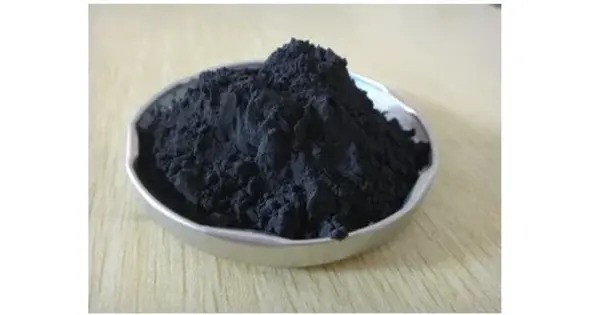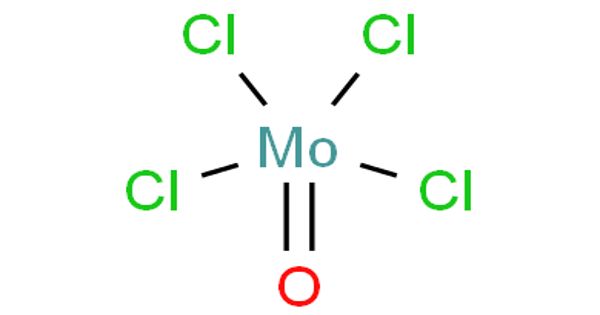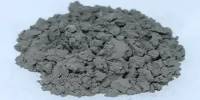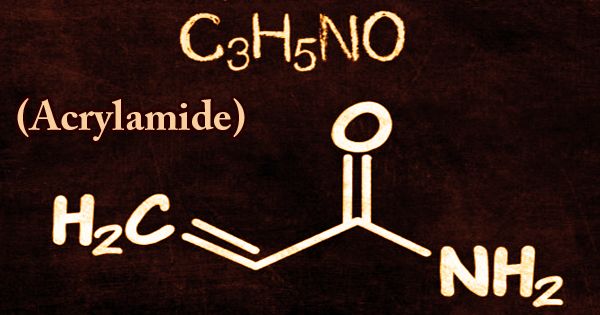Potassium selenide (K2Se) is an inorganic compound formed from selenium and potassium. It typically appears as a white to yellow crystalline solid and is soluble in water. It has applications in various fields, including electronics, agriculture, and as a precursor for other selenium compounds. It may also be used in photoconductors and as a dopant in semiconductor materials.
Production
It can be produced by the reaction of selenium and potassium. If the two are combined in liquid ammonia, the purity is higher. Selenium compounds can be toxic, so proper safety precautions must be taken, including using gloves and goggles, and working in a fume hood.
Crystal structure
Potassium selenide has a cubic, antifluorite crystal structure.
Properties
- Chemical formula: K2Se
- Molar mass: 157.16
- Appearance: clearish wet crystal
- Density: 2.29 g/cm3
- Melting point: 800 °C (1,470 °F; 1,070 K)
- Solubility in water: reacts
- Crystal structure: cubic: antifluorite
Occurrences and Applications
- Natural Sources: Potassium selenide does not occur naturally in significant amounts but can be synthesized from selenium and potassium compounds.
- Biological Relevance: Selenium, a component of potassium selenide, is essential in trace amounts for many organisms, playing a role in antioxidant enzymes.
- Industrial Use: Used in the synthesis of other selenium compounds, in electronics, and in photoconductors.
- Laboratory Synthesis: Can be prepared through reactions involving selenium and potassium compounds.
Safety and Handling
Potassium selenide is toxic and should be handled with care. Proper safety equipment, including gloves and goggles, is recommended when working with this compound to avoid exposure to harmful substances.
















